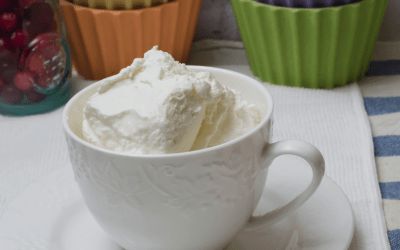Most of us assumed that curd and yogurt were two different names of the same thing. This is not the case. Curd has specific properties that make it unique and so does yogurt. There is one another category people often confuse with curd and yogurt, it is known as probiotics. Now, what are these and how do they differ from curd and yogurt? How do curd, yogurt, and probiotics benefit you? Read on to know this in this ultimate faceoff of curd, yogurt, and probiotics.
Curd vs. Yogurt vs. Probiotics
Curd
Curd is obtained by boiling and cooling the milk and then adding a spoon of curd to it. The curd you add has lactic acid known as Lactobacillus. The bacteria multiply themselves, and you get the curd in a few hours. Curd is loaded with good nutrients like protein and calcium and can work wonderfully for people who are lactose intolerant and hence can’t have milk.
Curd is also an essential element of India’s food menu because it aids the digestion process and offers coolness to negate the effect of spicy foods that most Indians love. The bacterial strength of curd varies from one place to the other. Hence, it’s not a standardized product. You should also know that if the level of these bacteria is too low, the good bacteria might not reach the intestines alive to provide any digestive or other benefits.
Yogurt
Yogurt looks and tastes more or less like the curd, and the process of creating it is similar to the curd creation process. However, there is a big difference in the creation process. When making yogurt, the fermentation of milk is done by adding two strains of bacteria known as Streptococcus Thermophilus and Lactobacillus Bulgaris.
In many cases, more than two strains can also be added. Yogurt is considered to be more homogenous and standardized as compared to curd. So, when you have yogurt instead of curd, it is more likely that the good bacteria will be alive when they reach your gut and help you to have ahealthier gut.
Probiotics
Probiotics are loaded with live microorganisms that if consumed will assist you in having great gut health. If a product has to pass as a probiotic, it must have a specific strain of live bacteria which are resistant to bile, pancreatic juices, and gastric acid.
Hence, they don’t die when coming in contact with either of these and reach your intestines alive. Probiotic is also a standardized product that is loaded with health benefits. Having it daily would make your tummy happy.
In essence, it can be seen that curd, yogurt, and probiotics are quite different and all of them have some health benefits. We would recommend that you include all of them in your diet and see which one works best for you. Once you have the answer, you should make that product a part of your diet andlive a healthier and happier life. Seems easy, right?
Also Read:
- Pros and Cons of Branded Curd
- How to beat the heat with Curd
- Nutrients in Curd









